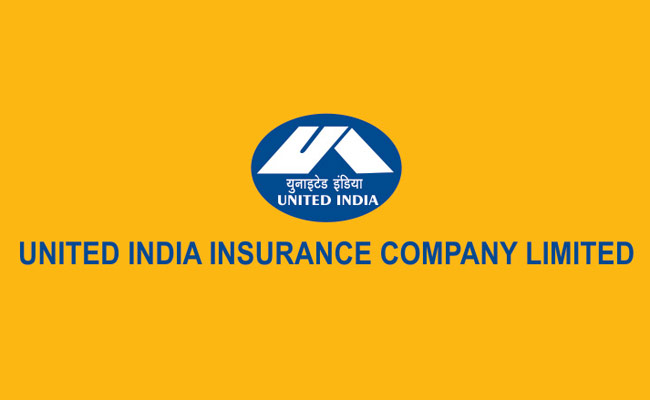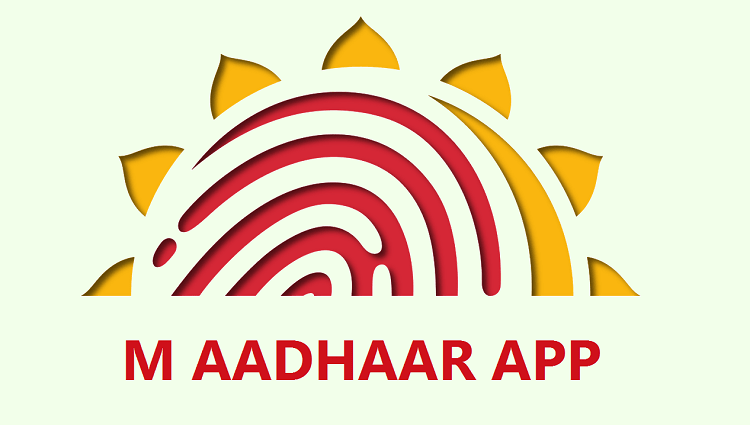Jitendra Singh launches electronic-Human Resource Management System (e-HRMS)

Jitendra Singh launches electronic-Human Resource Management System (e-HRMS)

The Union Minister of State (Independent Charge) of the Ministry of Development of North Eastern Region (DoNER), MoS PMO, Personnel, Public Grievances & Pensions, Atomic Energy and Space, Dr Jitendra Singh launched the electronic-Human Resource Management System (e-HRMS). He launched it during the observance of Good Governance Day by the Ministry of Personnel, Public Grievances and Pensions. The Minister launched the 25 applications of 5 modules of the system. The e-service book launched for DoPT during March this year will also be integrated into the e-HRMS.
Good Governance Day is observed to mark the birth anniversary of former Prime Minister Shri Atal Bihari Vajpayee.
With launch of e-HRMS, employees will be able to not only see all their details w.r.t service book, leave, GPF, Salary etc., but also apply for different kind of claims/reimbursements, loan/advances, leave, leave encashment, LTC advances, Tour etc. on a single platform.
Employees shall not be dependant for data updating on administration, but they may themselves update the data with their login subject to verification by concerned administration. They will be able to track status and match details instantly. The system is designed in a way to obtain all management related inputs/reports through its Dashboard and all pendency of data updating as well as claims will be seen online by senior authorities that will instil more responsibility and accountability among all government servants.
This is a step in the direction of fully automated Human Resource Management System with a target to bring all employees of Government of India on employee portal so that all processes of personnel management from hiring to retiring will be on digital platform and manual system of handling personnel management will be dispensed with.
With launch of the website ehrms.gov.in, five bigger modules covering 25 applications have been launched. These are:
- Personnel Information System– which has functionalities of self-updating by employees.
- Leave- Leave of all kind may be claimed and sanctioned through website that will become part of service book.
- LTC- All function related to LTC application, Eligibility Check, Sanction, Advance claim, Final reimbursements, Leave encashment.
- Loan/Advances– All kind of loan and advances can be claimed, sanctioned and paid through it.
- Tour:– All tour applications to be submitted through system and TA advance may also be claimed.
After training to the employees, these modules will be fully functional by next month and remaining modules will be developed by end of this financial year. Next month a workshop will be conducted calling all ministries and departments and they will be asked to take necessary steps for its early implementation in their ministry/departments.
This system has various advantages such as providing Dash board for employee and management, Updated service records, E-governance in office procedures, Reduced file movement, Faster service delivery, Assist in decision making, Common document repository of employees, Standardization of Master Data, Minimize manual entry of data, Ease of sharing information among stake holders, e-Sign for accountability/authenticity, PFMS and e-HRMS integration for faster payments of GPF, advances, Loans, reimbursements. This will reduce employee’s grievances to a certain extent. Even availability of online data of employees will help organisation to take many administrative decisions easily like planning of recruitments, posting of official to a task as per their experience and qualification, easily available online to the administration. It will also help employees to concentrate more on public service once free from personal anxiety of getting their due work done. That will enhance public delivery more satisfactory and more employees will be available for core work of the Government than maintaining of Service Book.
Click here for previous article
Click here for previous article
Click here for previous article
Click here for previous article





